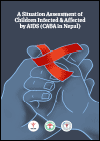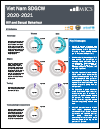Publications on Children
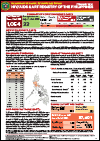
In February 2022, there were 1,054 confirmed HIV-positive individuals reported to the HIV/AIDS & ART Registry of the Philippines (HARP) and were accounted to the total (96,266) reported cases since January 1984. Moreover, 28% (297) of individuals reported in February had advanced HIV infection at the time of testing.
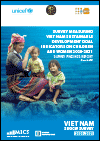
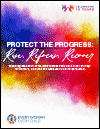
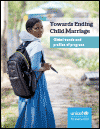

The COVID-19 pandemic has raised concerns about the mental health of a generation of children. But the pandemic may represent the tip of a mental health iceberg – an iceberg we have ignored for far too long. The State of the World’s Children 2021 examines child, adolescent and caregiver mental health. It focuses on risks and protective factors at critical moments in the life course and delves into the social determinants that shape mental health and well-being.
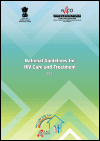
This global progress in identification of newer drug molecules that are more robust and less toxic, a significant reduction in the cost of therapy and innovative approaches to service delivery and increasing access to treatment have literally transformed the disease from a virtual death sentence in the early 1980s to a chronic manageable disease now.
